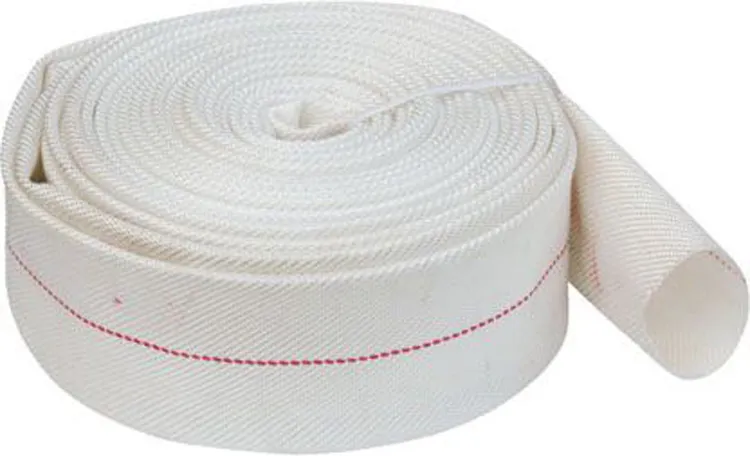pvc hose pipe price
Understanding the Price Dynamics of PVC Hose Pipes
PVC (Polyvinyl Chloride) hose pipes have become increasingly popular in various industries due to their durability, flexibility, and cost-effectiveness. Whether used in agriculture for irrigation, in construction for transporting materials, or in everyday household applications, the demand for PVC hose pipes continues to grow. However, one of the most common questions consumers and businesses alike have is what factors influence the price of PVC hose pipes?
The Composition of PVC Hose Pipes
The price of PVC hose pipes is significantly influenced by their composition. PVC is a synthetic plastic polymer, and its production requires various raw materials, including vinyl chloride monomer (VCM), plasticizers, stabilizers, and fillers. The cost of these raw materials can fluctuate based on market trends, supply chain disruptions, and trade policies, all of which can, in turn, affect the final price of PVC hose pipes.
Moreover, the thickness and quality of the material used in manufacturing can directly impact pricing. Higher-quality PVC hoses that can withstand higher pressures or have UV resistance tend to be priced higher. Therefore, understanding the application requirements is crucial for consumers, as it can help them determine a suitable price range for the type of hose they need.
Market Demand and Supply
The economic principle of supply and demand plays a significant role in determining the price of PVC hose pipes. During peak seasons, such as spring and summer when agricultural and gardening activities are at their highest, the demand for PVC hoses tends to increase. When demand outstrips supply, prices generally rise.
Conversely, during market downturns or periods of reduced activity, the prices may drop. For instance, the global pandemic led to significant disruptions in production and distribution channels, consequently affecting the availability of PVC products. As manufacturers faced challenges in sourcing raw materials and meeting production targets, prices fluctuated considerably.
Geopolitical Factors and Trade Policies
In today's global economy, geopolitical factors and trade policies also have substantial impacts on PVC hose pipe prices. Countries that produce PVC and export it to various markets may impose tariffs or face trade sanctions that can lead to price increases. For example, if a major raw material supplier faces political instability, this could lead to shortages in the global market, causing prices to surge.
pvc hose pipe price

On the other hand, favorable trade agreements can lower import costs, making it easier for manufacturers to obtain the necessary materials at competitive prices, which can benefit consumers through more stable pricing.
Technological Advancement in Manufacturing
Advancements in manufacturing technology have made a significant impact on the quality and price of PVC hose pipes. Innovations in production processes can lead to more efficient manufacturing, reducing overall costs. For instance, automated production lines can lower labor costs and minimize waste, thus enhancing productivity.
Additionally, the introduction of advanced materials can enhance the properties of PVC hoses, enabling manufacturers to produce lighter, more flexible, and more durable hoses that meet specific consumer needs. While the initial investment in new technology might be high, the long-term benefits often translate into better pricing for end-users.
Pricing Trends and Consumer Awareness
Recent market analyses indicate that the average price of PVC hose pipes has shown a steady increase over the past few years, reflecting both increased demand and rising raw material costs. For consumers, staying informed about market trends and understanding when to purchase can result in significant savings.
For example, buying during off-peak seasons can lead to lower prices, while promotional sales offered by suppliers can provide opportunities for bulk purchasing at discounted rates. Additionally, consumers should consider comparing prices from different manufacturers and suppliers to ensure they are getting the best deal possible.
Conclusion
The price of PVC hose pipes is influenced by a multitude of factors, including raw material costs, market demand and supply dynamics, geopolitical considerations, technological advancements, and consumer awareness. Understanding these elements can empower consumers and businesses to make informed purchasing decisions, ultimately ensuring they receive the best value for their investment in PVC hose products. In a market that is constantly evolving, staying educated and adaptable is key to navigating the complexities of PVC hose pipe pricing.
-
Top Quality Oxy Acetylene Hoses for Sale Fit for Welding DemandsNewsJul.28,2025
-
The Future of Pneumatic Air Tubes in IndustryNewsJul.28,2025
-
Superior and Reliable LPG Hose Pipe Solutions for Every NeedNewsJul.28,2025
-
Exceptionally Durable and Versatile Premium Braided PVC TubingNewsJul.28,2025
-
Best Adapters for Connecting Garden Hose to PVC Pipe ConnectionsNewsJul.28,2025
-
The Essential Role of LPG Hoses in Safe and Efficient Gas DistributionNewsJul.16,2025














